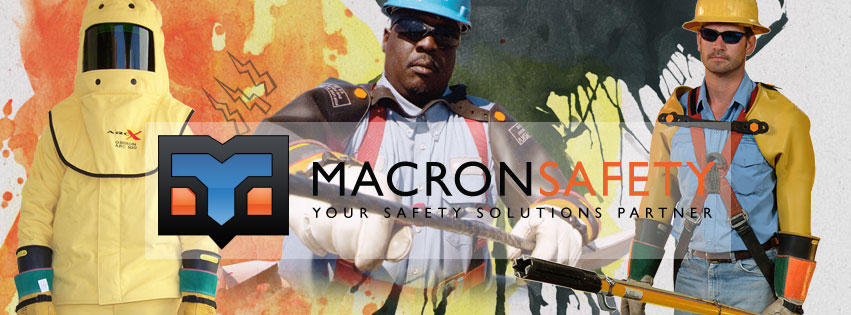One of the most dangerous accidents in the electrical power industry is that of an arc flash occurance. An arc flash is caused by the failure of electrical insulation or electrical equipment, the result is a massive electrical flashover similar to a lightning strike. An arc flash can generate a temperature exceeding 3000 degrees and a shockwave that can throw a nearby worker several feet through the air.
Anyone standing in the arc flash boundary can receive catastrophic burns, and can be fatally burned within 10 feet of the flash site. The intensity of the heat will burn or melt most non arc-rated protective clothing and helmets.
However, workers can survive these terrible incidents practically unscathed if they are wearing the correct personal protective clothing and equipment. Currently, South Africa averages at least one arc flash incident per month, with at least one fatality every two months.
Hence the publication of SANS 724, (SANS 724: Standards South Africa is publishing the first standard which is dedicated to electrical arc flash safety and will soon follow with standards which aim to reduce the number of arc flash incidents and the effects of such incidents in the workplace. This article introduces the soon to be published SANS 724 “Personal Protective Equipment: Protective clothing against the thermal hazards of an electric arc” and conclude with further developments in the field of electrical arc flash.)
Another standard that goes with SANS 724 is SANS 984, IEEE Guide for performing arc-flash hazard calculations. This standard, which has already been published, provides techniques for workers and facility operators to apply in determining the arc-flash hazard distance, and the energy to which employees could be exposed during their work on or near electrical equipment. Thus enabling them to choose the correct PPE clothing & tools for protection on each job site.
When an arc flash hazard exists, the employer needs to take action. This action is falls under 3 catagories:
- Safe working procedures (i.e. lockout, testing, demarcation, use of correct tools etc.)
- Providing the proper personal protective equipment and clothing
- Engineering interventions (e.g. internally arc rated electrical apparatus, reduce tripping times, remote operating of breakers




